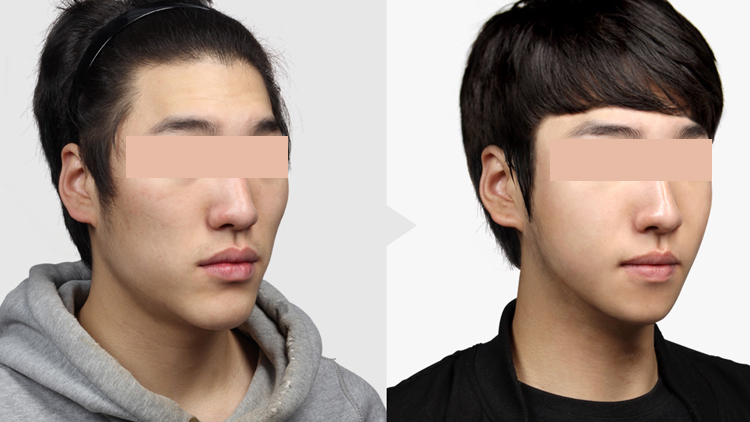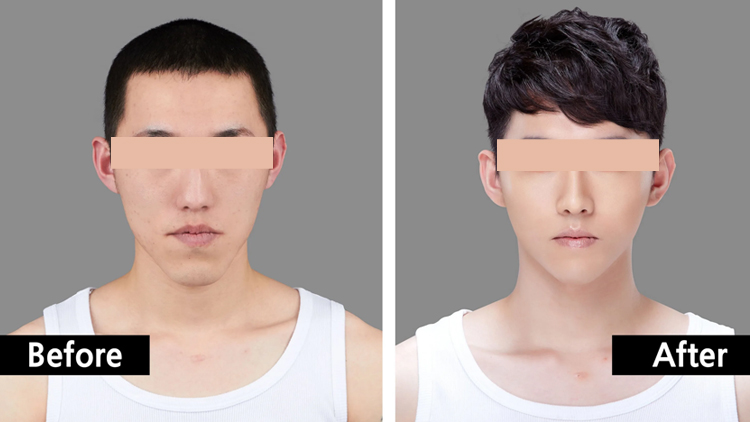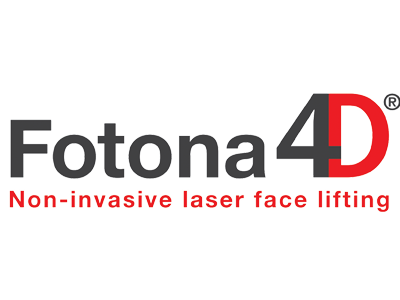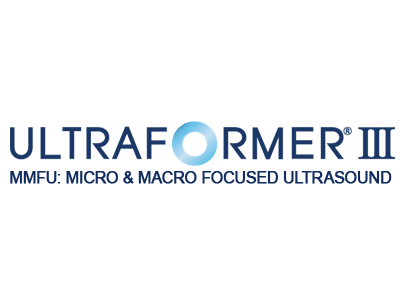Redesign Your Destiny
V-Line Surgery for a Confident
V-Line surgery is a popular cosmetic procedure designed to create a V-shaped facial contour, characterized by a slim and defined lower face. This surgical technique has gained significant attention, particularly in East Asian countries, where a V-shaped face is considered aesthetically desirable. In this article, we will provide a detailed overview of V-Line surgery, including the procedure itself, potential benefits, recovery process, and associated risks.
The V-Line refers to a facial shape characterized by a slim and tapered lower face, resembling the letter "V." This facial contour is often associated with youthfulness, femininity, and attractiveness. V-Line surgery aims to address square or round faces, characterized by a wider jawline and excessive lower facial fat. By reshaping the jawline and reducing the size of the masseter muscles, V-Line surgery creates a more refined and slender facial appearance.

Evaluation and Consultation
Before undergoing V-Line surgery, it is crucial to consult with a skilled plastic surgeon who specializes in facial contouring. During the evaluation, the surgeon will assess the patient's facial anatomy, bone structure, skin elasticity, and overall health. A detailed discussion will take place to understand the patient's desired outcomes and to determine the most appropriate surgical approach.
Procedure: Techniques and Variations
V-Line surgery encompasses several techniques, each tailored to the specific needs of the patient. The two primary surgical methods used are mandibular angle reduction and masseter muscle reduction. Mandibular angle reduction involves reshaping the jawline by removing a portion of the jawbone to create a slimmer and more tapered appearance. Masseter muscle reduction focuses on reducing the size of the masseter muscles, which contribute to a square jawline. This is typically achieved through either Botox injections or surgical excision of a portion of the muscle.
1. Traditional Abdominoplasty: This procedure involves an incision made horizontally from hip to hip, allowing the surgeon to remove excess skin and fat while tightening the abdominal muscles. The belly button may be repositioned for a natural appearance. 2. Mini Abdominoplasty: Ideal for those with less significant loose skin and muscle laxity, a mini abdominoplasty involves a smaller incision and focuses on the area below the belly button. It provides a targeted solution for a more toned lower abdomen. 3. Extended Abdominoplasty: This procedure is suitable for patients who have excess skin and fat not only in the abdomen but also on the flanks and lower back. It involves a longer incision that extends around the hips, allowing for more comprehensive contouring.
In some cases, individuals may seek revision rhinoplasty to address unsatisfactory outcomes from a previous surgery or to make further refinements. Revision rhinoplasty requires additional expertise and careful evaluation of the underlying structures. Patients considering revision rhinoplasty should consult with a specialist experienced in such procedures.
Benefits of V-Line Surgery
- V-Line surgery offers numerous benefits to individuals seeking a more feminine and defined facial contour.
- By creating a V-shaped face, this procedure can enhance facial harmony and balance, resulting in a more attractive appearance.
- Patients often experience an increase in self-confidence and improved satisfaction with their overall facial aesthetics.
Furthermore, V-Line surgery can provide a more balanced and proportionate facial appearance, particularly for those with prominent jawlines or facial asymmetry.
Recovery and Aftercare
Following V-Line surgery, patients should expect a recovery period of several weeks. Swelling, bruising, and discomfort are common during this time. Pain medications may be prescribed to manage any discomfort, and patients are advised to follow their surgeon's post-operative instructions diligently. These instructions may include dietary restrictions, skincare recommendations, and avoiding strenuous activities. Regular follow-up visits allow the surgeon to monitor the healing process and address any concerns that may arise.













Restore-Rejuvenate-Rejoice
Welcome to DMAX Day Surgery Center, the best plastic and cosmetics Surgery center in Jumeirah 3, Dubai - UAE, your one-stop destination for a wide range of Aesthetic, Plastic Surgery, Dental, or any labs services.
Dmax Day Surgery Center
10:00 - 21:00
Dermamax Medical Center
10:00 - 22:00
